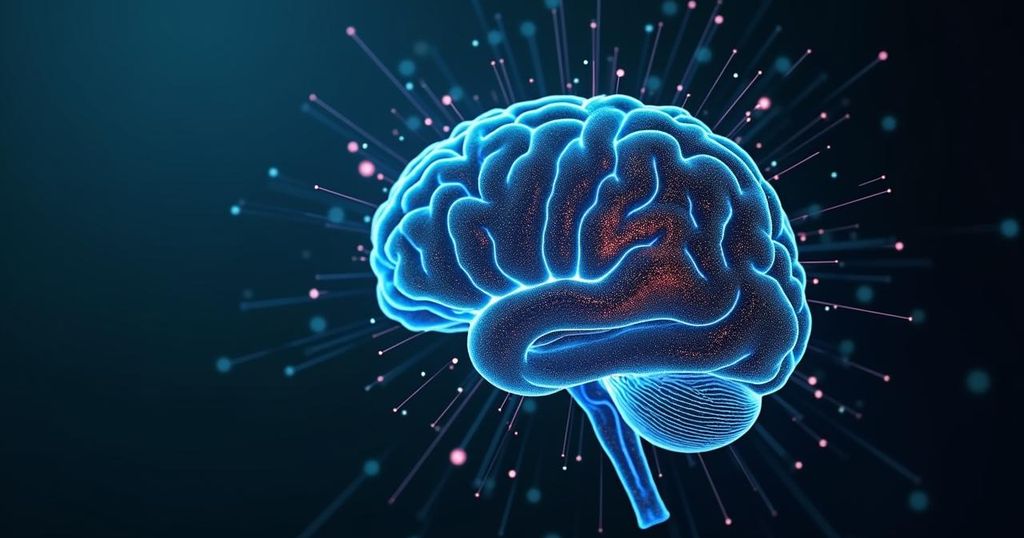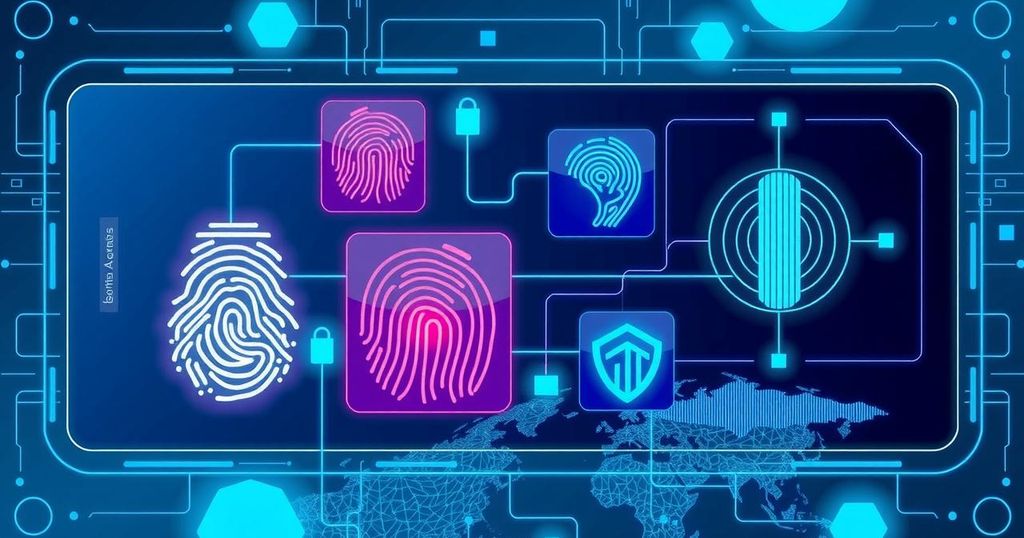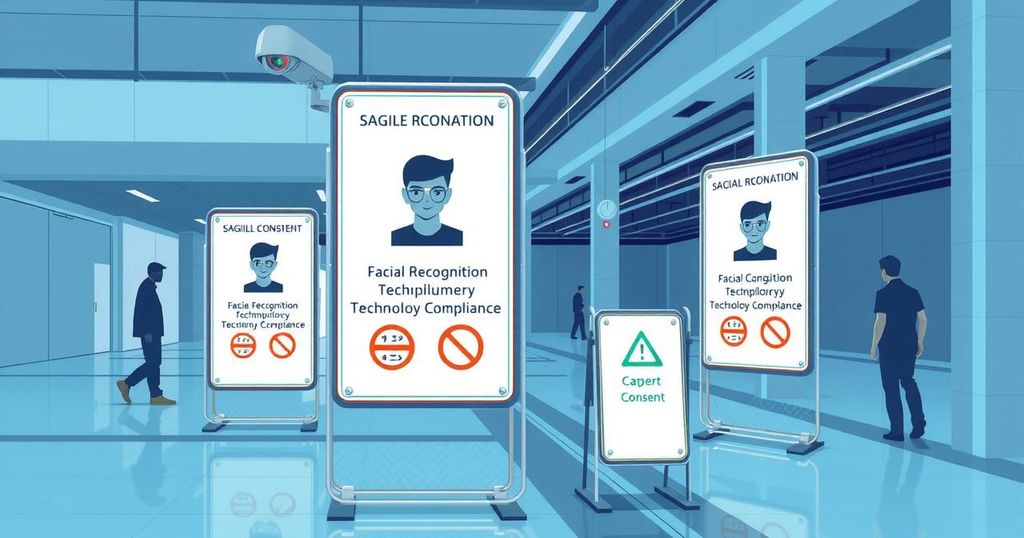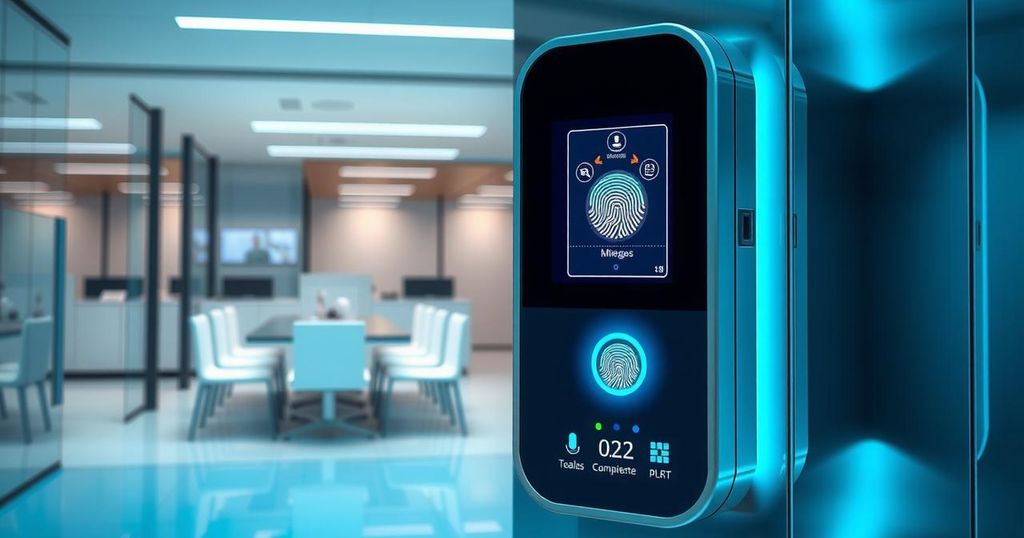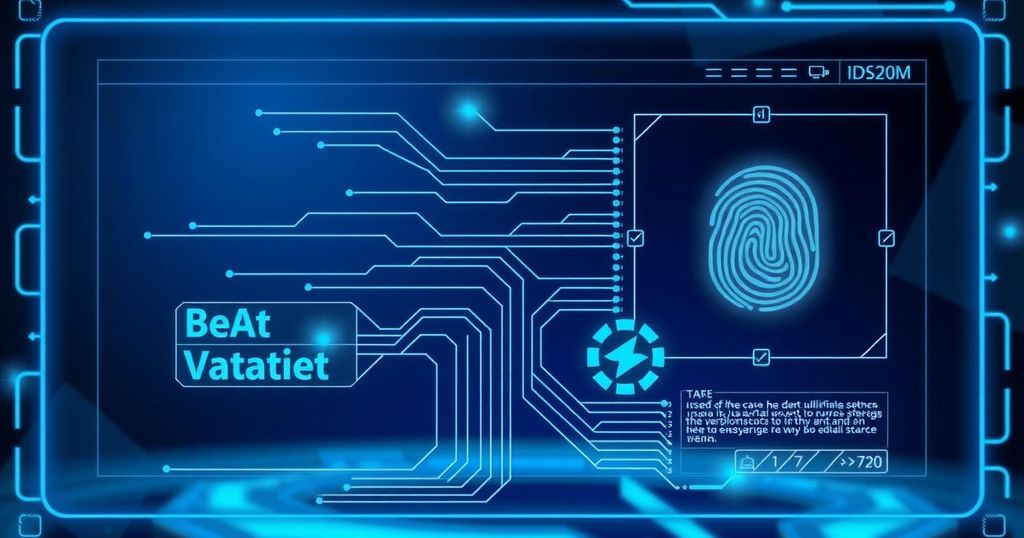Neurotechnology has achieved a significant improvement in latent fingerprint biometric matching, with a three-fold increase in accuracy in the NIST evaluation. The company reached a rank-one hit rate of 92.3% and demonstrated reliability with a low false negative identification rate. These enhancements position Neurotechnology among the top providers in the industry.
Neurotechnology has significantly improved its latent fingerprint biometric matching capabilities, as evidenced by its latest submission to the NIST for the Evaluation of Latent Friction Ridge Technology (ELFT). In this evaluation, Neurotechnology achieved a remarkable three-fold increase in biometric matching accuracy compared to previous submissions, earning a rank among the top five companies in this sector. The algorithm recorded a rank-one hit rate of 92.3% and demonstrated efficient feature extraction capabilities. The evaluation utilized a database with 1.6 million identity records, incorporating actual case samples from various law enforcement agencies. Key performance metrics included the false positive identification rate at a specified false negative identification rate (FPIR at FNIR) and the false negative identification rate at a certain rank (FNIR at Rank). Neurotechnology’s algorithm excelled in the Michigan State Police – Distal dataset, achieving a significant FNIR at FPIR of 0.01, which places it among the most accurate submissions in its category. Evaldas Borcovas, the biometrics research team lead at Neurotechnology, expressed satisfaction with the advancements, stating, “We are pleased with the advancements in our latent fingerprint technology, which has achieved up to a threefold improvement in the NIST ELFT evaluation.” In tests using the FBI’s solved dataset 1, the algorithm successfully matched fingerprints in 92.05% of instances and could identify latent prints in approximately 84.3% of searches with a false positive tolerance of 1 in 100, all without requiring manual intervention. This increased accuracy enhances the algorithm’s reliability in real-world applications, particularly for law enforcement agencies. Additionally, earlier this year, Neurotechnology’s fingerprint verification technology scored exceptionally well in the NIST Proprietary Fingerprint Template III (PFT III) evaluation.
The field of biometric identification has seen rapid advancements, particularly in the accuracy and efficiency of fingerprint recognition technologies. Latent fingerprint matching is critical for law enforcement agencies, as it involves identifying fingerprints recovered from crime scenes, which can aid in criminal investigations. The NIST evaluations are authoritative benchmarks that assess the performance of biometric algorithms based on their accuracy and processing speed in processing large databases of identity records. Companies like Neurotechnology and Innovatrics are at the forefront of developing these technologies, competing to provide the most reliable solutions to enhance security and identification processes.
Neurotechnology’s advancements in latent fingerprint recognition showcase its commitment to improving biometric accuracy and reliability. By achieving a significant ranking in the NIST ELFT evaluation and demonstrating superior performance metrics, the company solidifies its position as a leader in the field. Such improvements not only contribute to the efficiency of law enforcement procedures but also enhance public safety through more accurate biometric identification capabilities.
Original Source: www.biometricupdate.com


